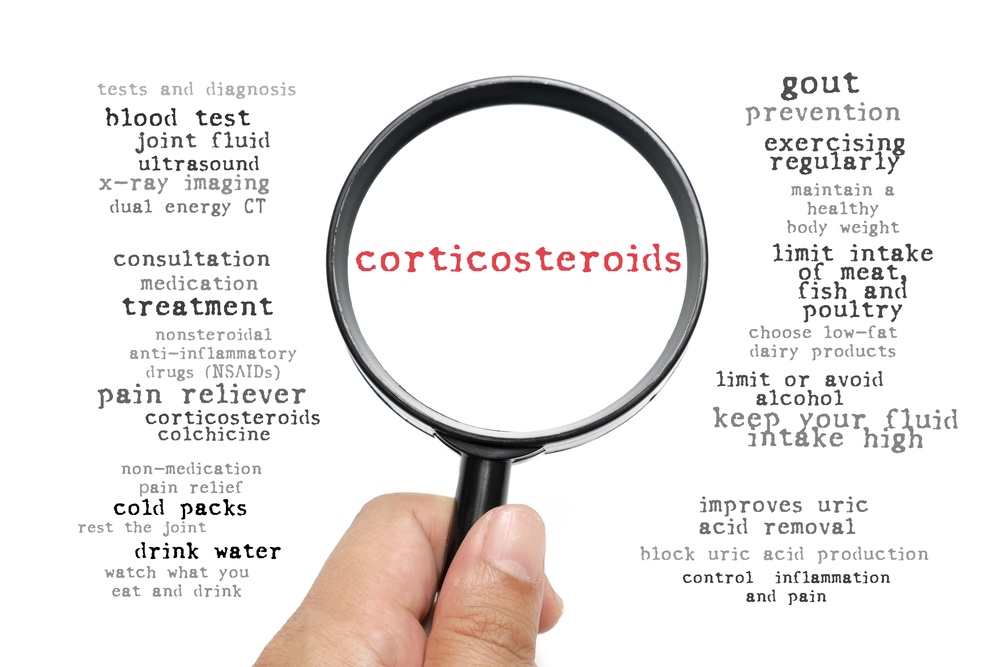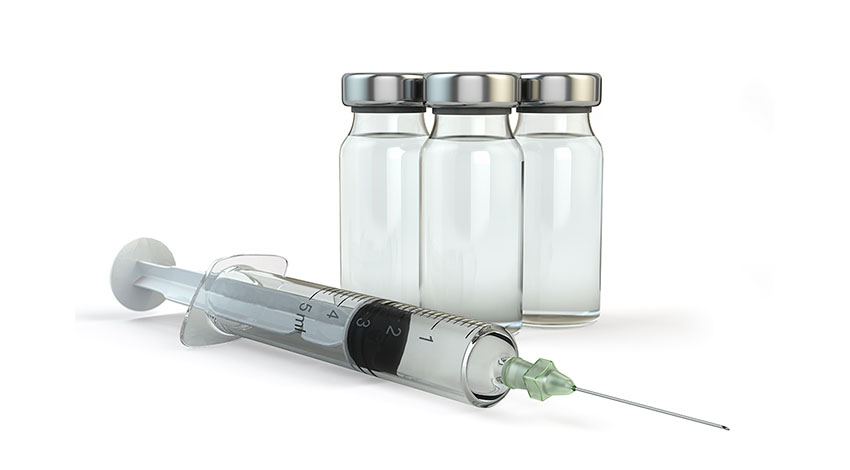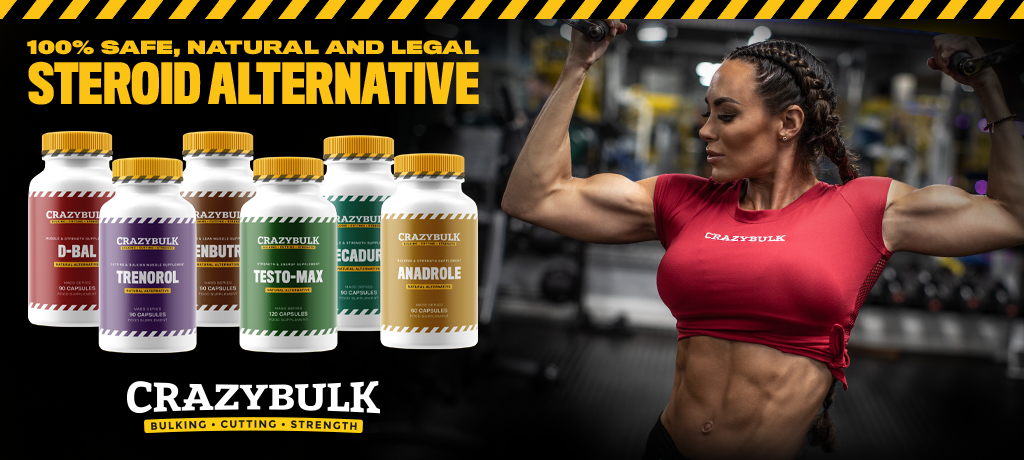Steroids are not only anabolic steroids and corticosteroids. In fact, a group of these substances includes many other hormones. Some can play a significant role in the human body, while others are weaker, their lack or excess leads to health problems. The list of steroid hormones is whopping.
Testosterone, Other Male Hormones (Androgens)
Testosterone is often dubbed the defining hormone of the male body. This hormone has been integral in shaping the perception of masculinity, encompassing both the physical attributes and the behaviors traditionally associated with males. Starting from the age of 30, however, testosterone levels in men begin to decline, albeit slowly. This decline’s repercussions are well-acknowledged, leading many men to seek natural methods to elevate their testosterone levels in pursuit of that robust masculine appearance.
In contrast, females with elevated testosterone levels often develop characteristics typically associated with males.
Testosterone is a member of the androgen group of hormones. Delving deeper into the realm of androgens, some prominent steroid androgenic substances include:
- Dihydrotestosterone (DHT): An active derivative of testosterone, DHT is formed through the enzymatic action of 5α-reductase. High levels of DHT can result in an enlarged prostate and a heightened risk of prostate cancer. On the flip side, low or negligible conversion of testosterone to DHT can make tissues less responsive to testosterone, resulting in feminization, or the development of female characteristics.
- Androstenedione: This weak androgen serves as a precursor for testosterone and several other hormones. Intriguingly, it’s thought to exhibit some estrogenic activity.
- Androstenediol: Another mild androgen, androstenediol acts as an intermediary in testosterone synthesis. This hormone garnered attention for its potential use against radiation exposure. Notably, institutions such as the Armed Forces Radiobiology Research Institute (AFRRI) and the Hollis-Eden company spearheaded research on this under the brand name Neumune. Although clinical trials on rhesus macaques showed promising results, further development was halted by the HHS. By 2010, research indicated that Neumune could potentially combat neutropenia and thrombocytopenia triggered by acute radiation syndrome (ARS), but it never gained approval.
- Androsterone: This compound straddles both the steroid and neurosteroid categories and is hypothesized to function as a pheromone.
- Androstane: This relatively obscure steroid hormone, structured around a gonane core, is believed to exhibit androgenic activity.
For clarity, Gonane, also termed steran or cyclopentaperhydrophenanthrene, represents the most basic structure of steroid compounds. The body taps into this structure as a foundational blueprint for crafting steroids and sterols.
Estradiol, Other Female Hormones
Estrogens are crucial hormones, predominantly associated with the female reproductive system, although they are present in both males and females. Delving into its types, we find three primary estrogens: estradiol, estriol, and estrone. (For a more detailed comparison, consider researching further on estradiol vs. estrogen).

Estradiol: Standing as the most potent among the estrogens, estradiol plays a pivotal role in various physiological processes. It is essential for the development of female reproductive organs such as the genitalia and breasts. Moreover, estradiol oversees menstrual cycle regulation, governs the maturation of eggs, and influences certain psychophysiological traits linked to sexual behavior. In the context of fitness, estradiol also boasts an anabolic property in women, fostering muscle growth with consistent gym training. The synthesis of estradiol in females occurs mainly in the follicles’ membrane and granulosa cells, with some production happening in the adrenal cortex’s reticular zone and from the peripheral conversion of testosterone. For men, it’s notable that nearly 90% of their estrogen originates from the peripheral conversion of testosterone through a process called aromatization.
Estrone: Following estradiol in significance is estrone. When subjects were administered elevated doses of this hormone in studies, the outcomes underscored an enhanced sensitivity in breast tissue, endometrial hyperplasia, and augmented vaginal lubrication, among other effects.
Estriol: Regarded as a secondary female sex hormone, estriol’s actions are relatively mild. Among the trio of natural estrogens in humans, estriol is characterized by the shortest half-life and exhibits the least biological activity.
A side note on the male physiology: Elevated estrogen levels in males can prompt the development of feminine traits. Thus, while estrogens are crucial for various bodily functions in both genders, a balanced hormonal milieu is essential for maintaining typical physiological characteristics.
Progesterone: The Keystone of Steroid Hormones
Progesterone is not just another hormone; it stands as a cornerstone for various hormonal pathways. It gives rise to numerous other vital hormonal agents, including the primary male hormone, cortisol, neurosteroids, and other pivotal hormonal substances.
In females, progesterone’s importance is paramount. It paves the way for the uterus to be receptive for a potential pregnancy, ensuring an optimal environment for the fertilized egg’s attachment and the subsequent progression of pregnancy. Furthermore, it safeguards the optimal development of the fetus. Yet, its significance is not restricted to females alone; progesterone is equally vital in male physiology.
It’s worth noting that in scientific literature and clinical practices, the terms progestin, progesterone, and progestogen often get used synonymously. However, there are nuanced differences. While progesterone and progestin might be structural analogs, their properties vary considerably.
Other noteworthy progestogens include:
- 16α-Hydroxyprogesterone (16α-OHP)
- 17α-Hydroxyprogesterone (17α-OHP) or hydroxyprogesterone (OHP)
- 20α-Dihydroprogesterone (20α-DHP) or 20α-hydroxyprogesterone (20α-OHP)
- 5β-dihydroprogesterone
- 11-deoxycorticosterone (DOC) or deoxycorticosterone
- 5α-Dihydrodeoxycorticosterone (DHDOC)
Delineating Corticosteroids
Originating from the adrenal cortex, corticosteroids influence a broad spectrum of metabolic processes. They are broadly divided into:

- Glucocorticoids: Hormones with a widespread metabolic influence, from protein to fat and carbohydrate metabolism. They have anti-inflammatory properties, counter allergic reactions, modulate immunity, and regulate blood pressure. Predominant hormones in this group include cortisol, cortisone, and corticosterone, with others like 11-Dehydrocorticosterone and 11-Deoxycortisol playing subsidiary roles.
- Mineralocorticoids: Aldosterone leads this group. It oversees the renal excretion of potassium ions and chlorides while assisting in sodium excretion through feces. Its role in regulating salt-water balance is instrumental in maintaining blood pressure. Deoxycorticosterone, another agent, primarily acts as a precursor to aldosterone.
Synthetically produced corticosteroids have carved a niche in medical treatments for various ailments, primarily due to their anti-inflammatory properties. Although they suppress inflammation and provide temporary relief, they don’t combat the root cause of infectious diseases. Once their effect wanes, the infection can return. Corticosteroids come in diverse forms: tablets, injections, ointments, capsules, and creams.
Neurosteroids: A Unique Category
Neurosteroids, or neuroactive steroids, are endogenously produced steroids prevalent in the brain, adrenal glands, and reproductive system organs. Their primary role revolves around modifying neuronal activity, chiefly through interactions with ligand-gated ion channels and other cell receptors. Apart from offering neuroprotection, they also influence synaptic functionalities, nerve fiber myelination, and the regulated death (apoptosis) of nerve cells. Intriguingly, recent studies have highlighted an absence of neurosteroids in the brains of multiple sclerosis patients. Prominent neurosteroids include 3α, 5α-Androstanediol, 3α,5α-Dihydroprogesterone, Allopregnanediol, and Allopregnanolone.

